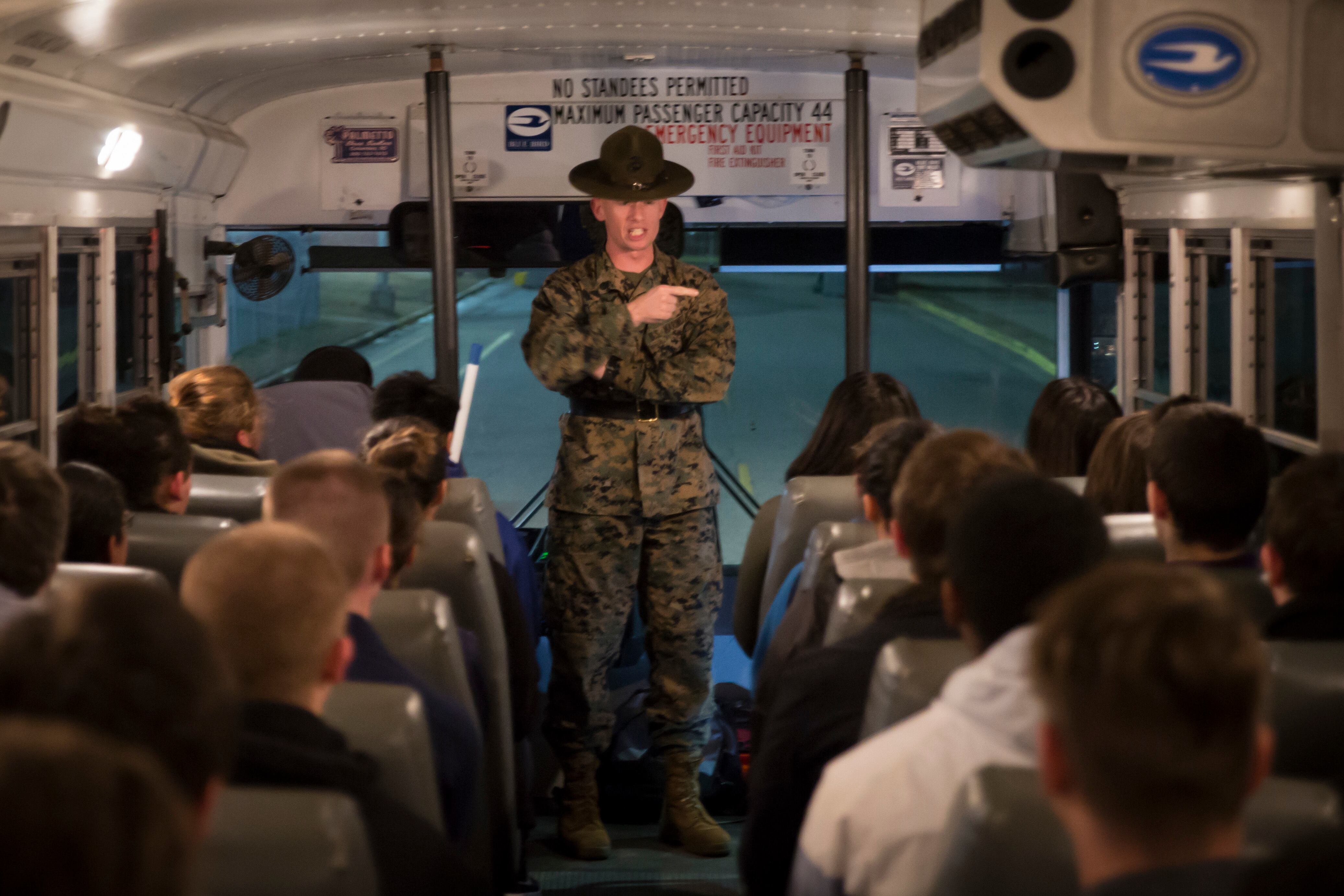The Army missed its recruiting goal by about 15,000 new soldiers in 2022, coming up 25% short of its goal at a time when each of the services were struggling to meet their benchmarks. Military officials worry that all of the branches have had to reach deep into their pools of delayed entry applicants, a move that puts them behind in recruiting for the new year.
Military recruiters have leaned on tried-and-true factors to explain the challenges, including low unemployment and a dearth of applicants up to physical, educational and behavioral standards.
But the truth is, no one keeps detailed data on what’s stopping America’s youth from signing up. Experts and senior military leaders point to the perennial factors of competition from the private sector and a dwindling number of young Americans both qualified and interested in military service. But what they don’t have much information on is why that propensity is going down, and whether the country is undergoing an ideological shift in attitude toward military service.
One possibility that is increasingly resonating with veterans is that the military is too “woke.” Sen. Tommy Tuberville, R-Ala., for example, is among a group of Republican senators who have repeatedly blamed recruiting problems on the Biden administration for trying to build a “woke Army.”
Thomas Spoehr, director of the Center for National Defense at The Heritage Foundation, a conservative think tank, recently opined that wokeness is the “chief worry of grizzled American veterans today.”
“The largest threat they see by far to our current military is the weakening of its fabric by radical progressive (or ‘woke’) policies being imposed, not by a rising generation of slackers, but by the very leaders charged with ensuring their readiness,” he wrote. “Wokeness in the military is being imposed by elected and appointed leaders in the White House, Congress, and the Pentagon who have little understanding of the purpose, character, traditions, and requirements of the institution they are trying to change.”
Spoehr acknowledged that “direct ‘cause and effect’ studies on the impact of woke policies such as these do not exist,” but suggested that “common sense” dictates that it is having an effect on recruiting.
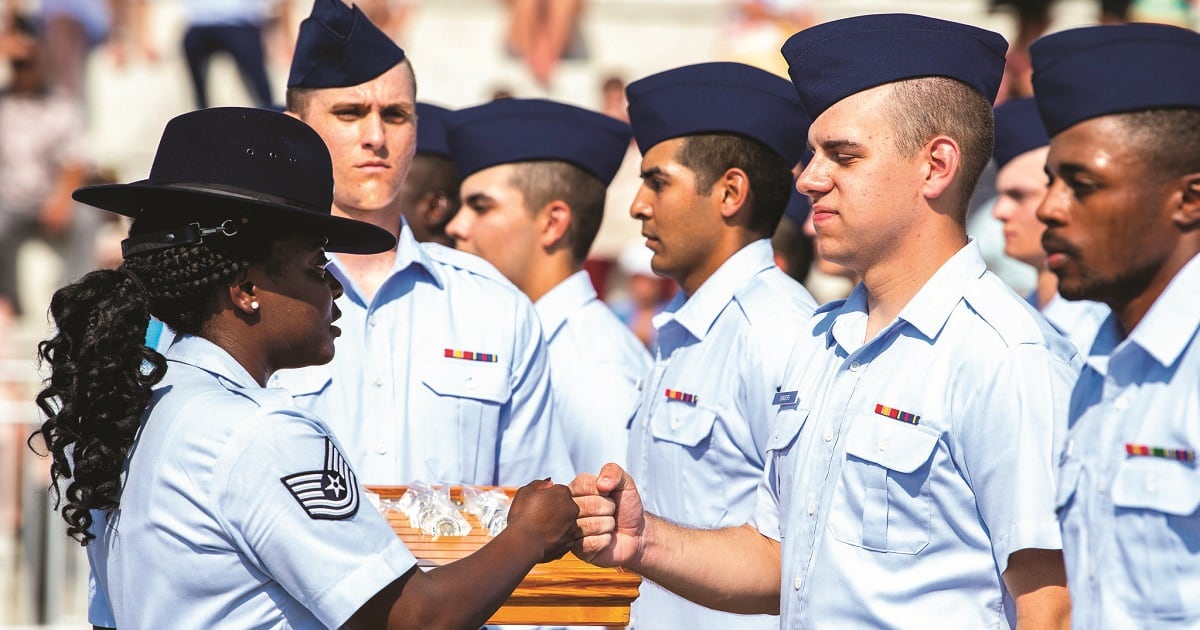
“Is anyone surprised that potential recruits — many of whom come from rural or poor areas of the country — don’t want to spend their time being lectured about white privilege?” he wrote.
In an interview with Fox News, former Secretary of State Mike Pompeo, a West Point graduate and Army officer who served in Germany during the Cold War, talked about the campaign he is launching, including TV ads and a website, to target what he calls “woke polices” directed toward the military.
“How can we ask young men and women who have decided to risk their lives for America, even die for America, to affirm that our country is inherently racist?” Pompeo wrote in a Sept. 28 opinion column for Fox. “How can we ask them to view their brothers and sisters in arms through the narrow prisms of race or gender? The clear and obvious answer is that we cannot — not without putting their lives at risk on the battlefield. A woke military is a weak military.”
But Defense Department leaders, while often apprehensive to address the intersection of politics and recruiting, have said they don’t see a connection anecdotally or statistically
“That whole ‘woke’ terminology has me a little perplexed,” Chief Master Sergeant of the Air Force JoAnne Bass told Air Force Times Sept. 6. “I don’t know that I agree [with] and appreciate that term.
“I’ve said it before; I think perhaps we do need to wake up to what our society is about today. Perhaps we need to wake up to how we actually have more in common than not. Perhaps we need to wake up to the goodness of the diversity that America brings to the table. That diversity is not just singular to demographic diversity, but … it’s experiences and it’s cognitive diversity as well. I don’t subscribe to the ‘wokeness’ in the way that it’s discussed. I actually think that, yeah, we probably need to wake up to the goodness of what all airmen and what all people bring to the fight.”
In reality, service members spend hundreds of hours a year on mandatory training, covering everything from operational safety to financial responsibility and suicide and sexual assault prevention, with a tiny fraction of that focusing on diversity, equity and inclusion education.

But what seems to incense people is that the issue of racial disparity is discussed at all, not that it’s truly cutting into time spent on training.
Reader feedback
When Marine Corps Reserve Col. Matthew F. Amidon, director of veterans and military families at the George W. Bush Institute, wrote a commentary urging veterans to help during the recruiting crisis by recommending military service to their kids and other young people, Military Times was inundated with a hundreds of emails from veterans saying they would do no such thing.
Their reasons varied, but most said wokeness is to blame. They accused the military of becoming so “political,” or such a “social experiment,” that even proud veterans wouldn’t recommend service.
“I’ll be blunt. I wouldn’t encourage anyone to join today’s armed forces and I discouraged both of my sons from considering serving,” wrote Peter Demas, who described himself as a third-generation veteran. “America’s military leaders have sold out the Services for their own advancement and reflect all the poorest qualities of civilian ‘leadership’ from whom they accepted thirty pieces of silver; instead of being the nation’s repository of integrity and moral courage, they have become more political than the political animals they grovel before.”
RELATED
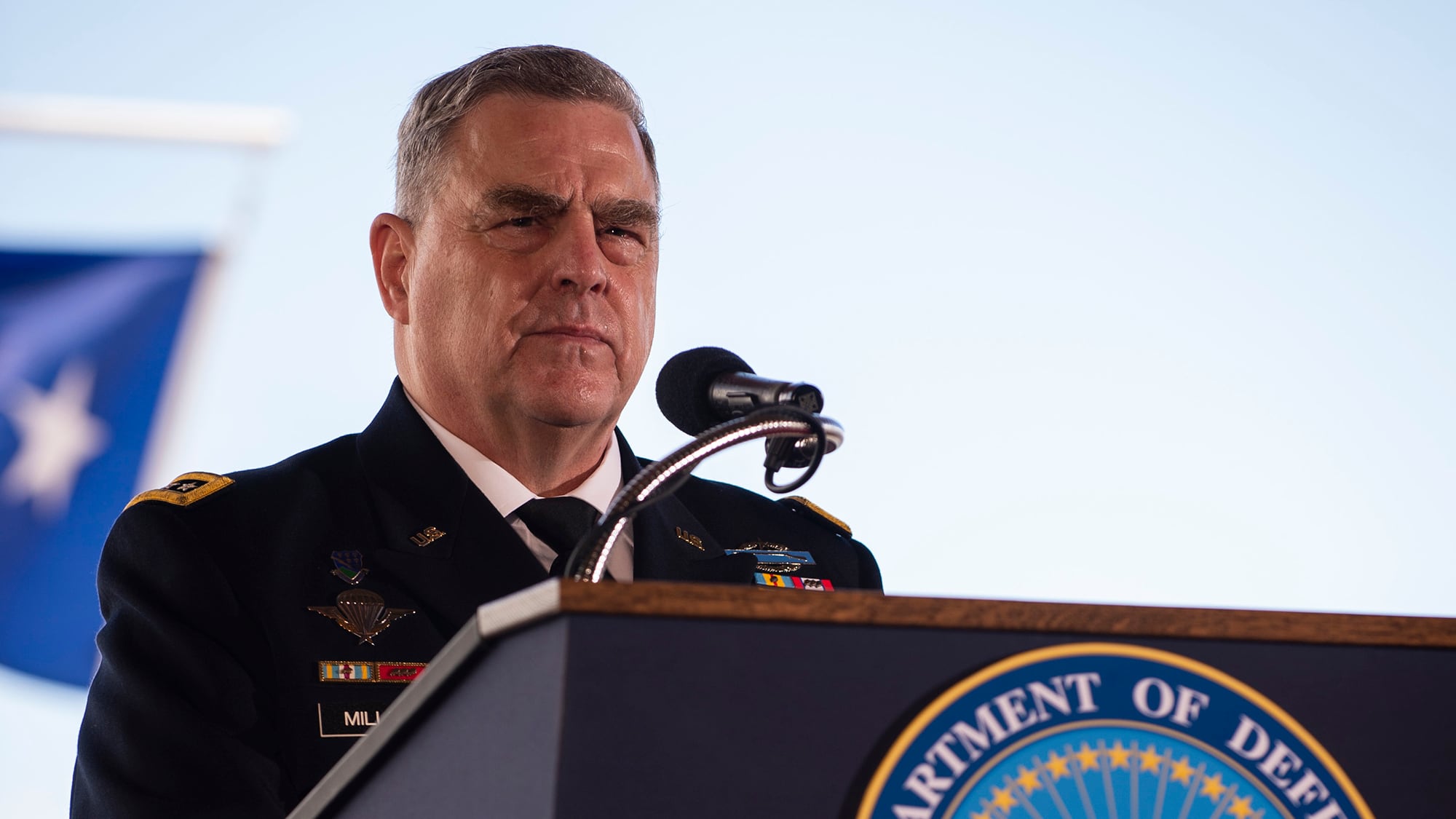
Survey data compiled by the Defense Department three times a year shows that propensity to serve has been dipping in recent years. A report from fall 2021 shows that just 9 percent of 16- to 24-year-old survey respondents affirmed that they were likely to be serving in the military “in the next few years,” down from highs of 13% in 2018 and 15% in 2013.
But the survey doesn’t drill down into the why, leaving open questions of whether that’s due to disinterest in the military, known factors that would prevent someone from joining, or a concrete aversion overall. So, while the Pentagon regularly takes the temperature of American youth and their likelihood to join up, they don’t regularly drill down into the “why.”
Still, a vocal group of veterans insist they know the answer.
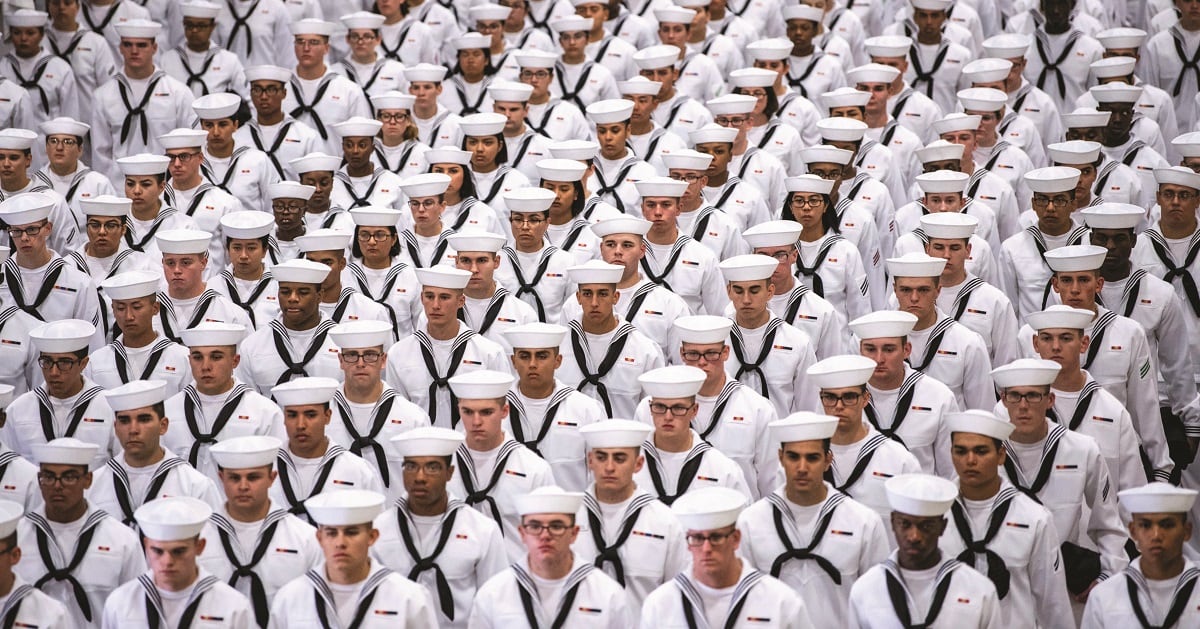
“With a woke military, whose most senior officer is concerned about ‘white rage,’ searching for a tattle tale process to discover and discharge white ‘extremists,’ blaming it on toxic masculinity, discharging real warriors for not getting vaccinated, having a two-day stand down to discuss white extremism, the promotion and expansion of women in combat, lowering physical fitness standards to accommodate naturally weaker women, recruiting with social justice and diversity ads, stating we need more female and minority pilots, promotions based on the color of one’s skin or genitalia, lowering recruiting standards, blaming the military for 247 years of institutional racism, is not the military I was in for 26 years,” wrote Dale Papworth, who said he was a retired Marine Corps lieutenant colonel.
Papworth’s comments run counter to some evidence. For instance, the dearth of women and people of color in the upper ranks suggests that if there is a biased promotions system, it’s biased toward white men.
His comments resemble those made by Fox News host Tucker Carlson last year, in response to news reports that the Air Force had authorized a maternity flight suit.
“So, we’ve got new hairstyles and maternity flight suits,” Carlson said, also referring recently updated Army and Air Force hair regulations allowing braids and ponytails. “Pregnant women are going to fight our wars. It’s a mockery of the U.S. military.”
That statement was misinformed at best, and deliberately misleading at worst. Pregnant women in the military are not allowed to deploy, while pilots and aircrew are required to secure waivers from their doctors in order to do training flights.
That is without even mentioning that the maternity flight suit that so incensed Carlson is not just worn by aircrew onboard aircraft ― it’s a standard day-to-day office uniform in aviation units.
RELATED
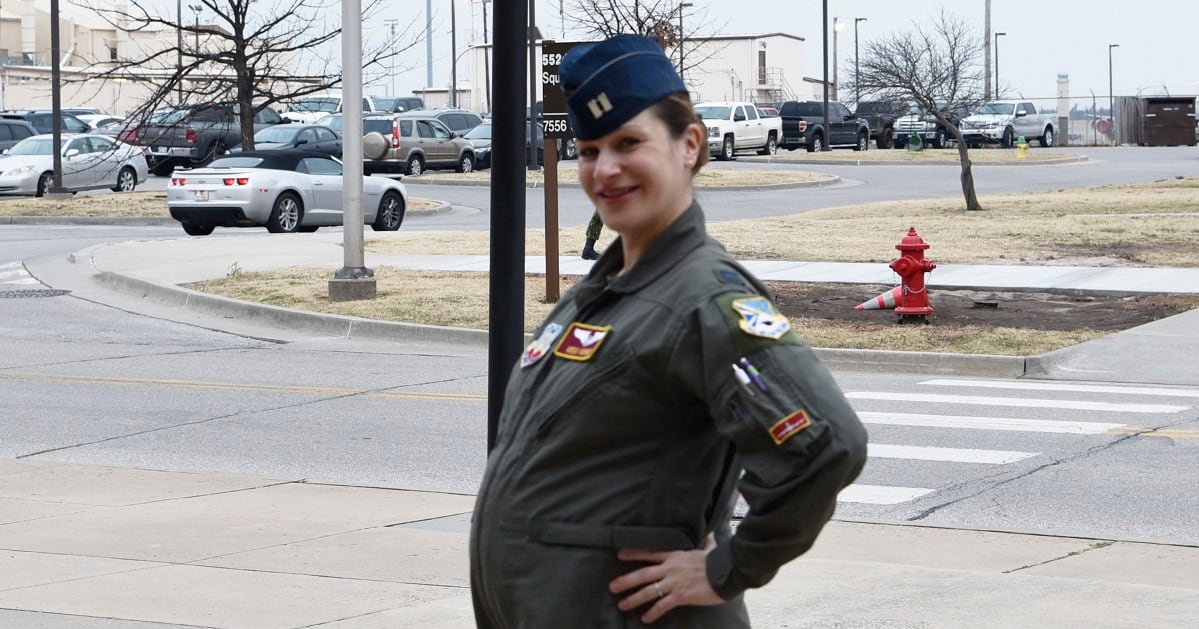
Reader feedback suggests that a military and veteran population that has traditionally leaned conservative is no longer supportive of an institution they find unrecognizable.
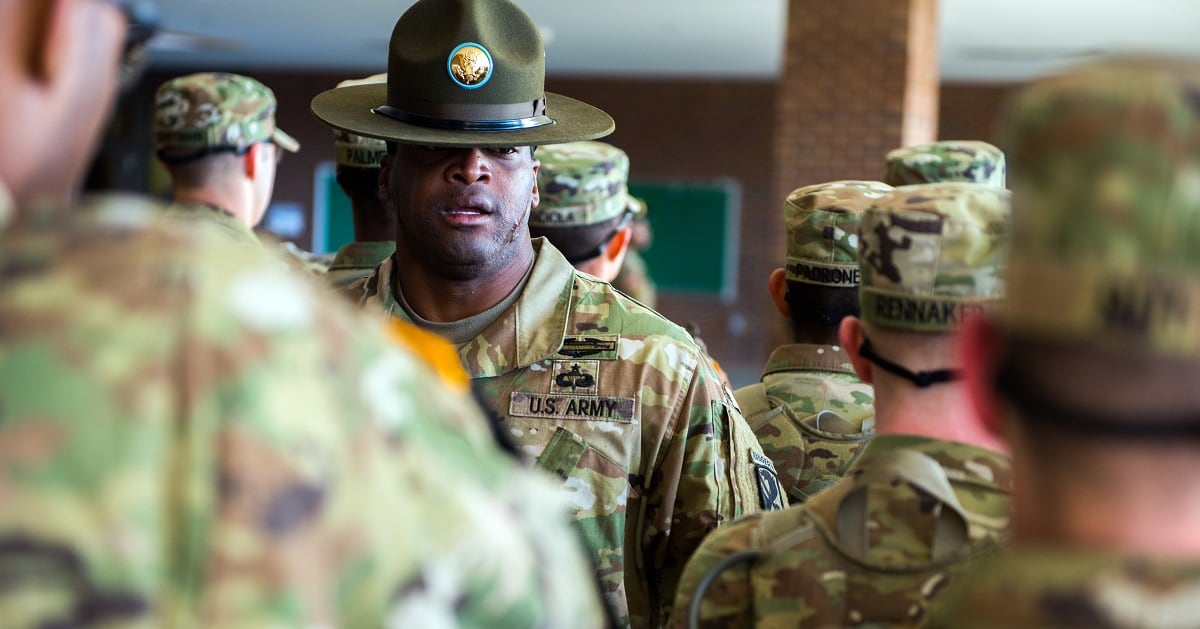
“My 19-year-old has expressed in no uncertain terms he does not want to serve in the U.S. military in any capacity,” wrote Adam, who asked to be identified by his first name only. “The politicization of our [government] institutions is creeping into the services now, and that is also having an effect. They may as well put out a sign that conservative or right of center Americans are not welcome. They just keep making it worse with their messaging. Boys want to be challenged and go on adventures, not be schooled on pronouns or the sins of their skin color. Girls want to beat boys and prove themselves.”
Since 2020, the services have ramped up their diversity, equity and inclusion efforts, following a lead from then-Defense Secretary Mark Esper, who in the wake of George Floyd’s murder called on the department to do better.
Defense Secretary Lloyd Austin ran with that idea in the early weeks of the Biden administration, ordering a day-long stand down in every unit to discuss the threat of violent extremism, following years of proclamation from the FBI that right-wing domestic terrorism is on the rise.
But to some, these efforts were a direct attack on their worldview.
“Instead of training and preparing for combat, today’s military is too busy worrying about teaching proper pronouns, how to incorporate men who think they’re women and women who think they’re men into the barracks and showers,” wrote Ron Eslick, describing himself as a 1970s-era Navy submariner. “[Joint Chiefs Chairman] General Milley and Sec Def Austin are a disgrace to the uniform I once wore. They are nothing less than lap dogs to the current administration. What a shame that our country has now become a second rate threat in today’s world.”
RELATED
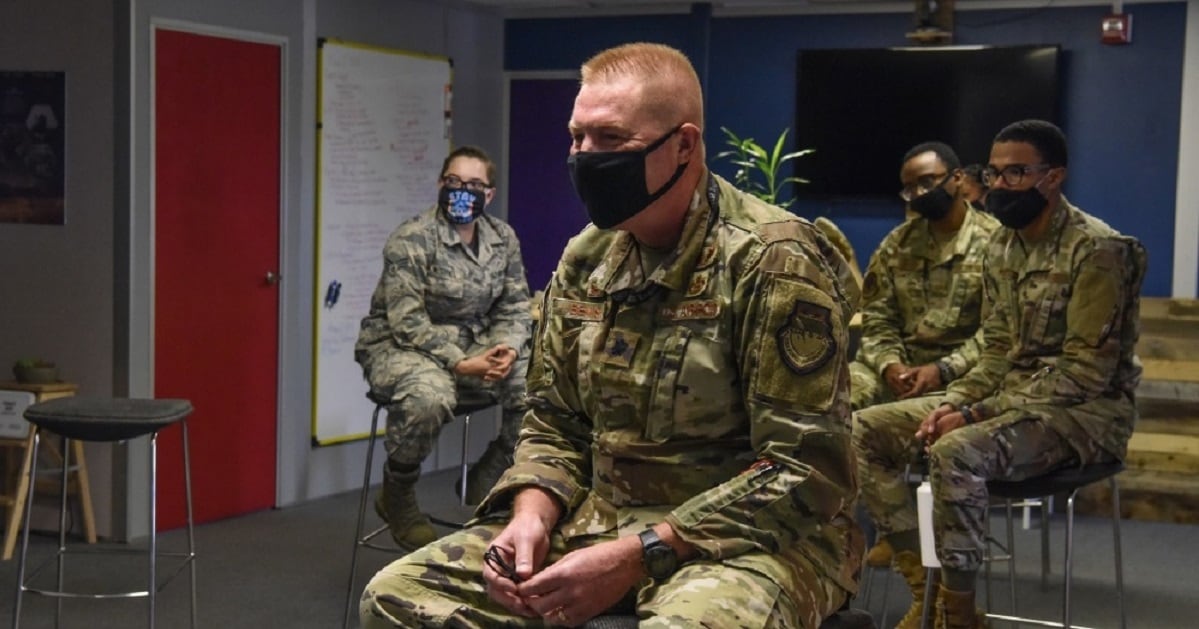
And then came the COVID-19 vaccine mandate, one of nearly two dozen inoculations service members must receive in order to join and/or stay in the military, but one whose controversy pushed thousands to prematurely end their careers.
“Covid vaccine mandates are undermining the military’s recruitment goals as well as harming overall morale,” wrote Harrison Wills. “Even if most troops complied with the mandate, how many did so only because their livelihoods were threatened? How many troops applied for exemptions but were denied? How many soldiers suffered and/or are suffering from side effects? How many people would consider joining the military but now won’t due to coercive mandates?”

A survey released this year of more than 8,600 military families found that troops are becoming less likely to recommend that their kids join up, potentially cutting into a traditionally reliable recruiting pool.
But it wasn’t because of politics, according to Shannon Razsadin, president and executive director of the Military Family Advisory Network, who put out the survey. It was because of quality of life.
“At the end of the day, families are having a hard time making ends meet, and that’s affecting their overall well-being,” she said in July. “We see the connection between well-being and loneliness, well-being and housing, well-being and food security. When you layer that on top of the fact that fewer people are likely to recommend military service, it paints a very clear picture of concern related to the future of the all-volunteer force.”
Notably, however, the survey doesn’t ask specific questions about politics.
Addressing the ‘woke military’ message
Each of the services, along with DoD, are continuously researching the recruiting environment, including tweaking resources and messaging to draw in more prospects.
“The Department continues to review our recruiting programs to ensure current funding and policies align with the realities of today’s youth market. We recognize we must ensure the Services have the resources and support they need to successfully man the All-Volunteer Force,” Army Maj. Charlie Dietz, a Pentagon spokesman, told Military Times.
But they don’t always get it right. In 2018, the Army missed its recruiting goal by about 6,500, the result of an end-strength bump that opened up the doors for more accessions.
RELATED
4-star: The Army may be pushing to recruit from some blue-voting cities, but it’s not political
The service announced a host of initiatives to improve its 2019 prospects, including a push into major metropolitan areas, with the feeling that their suburban/small-town Southeast well was starting to dry up.
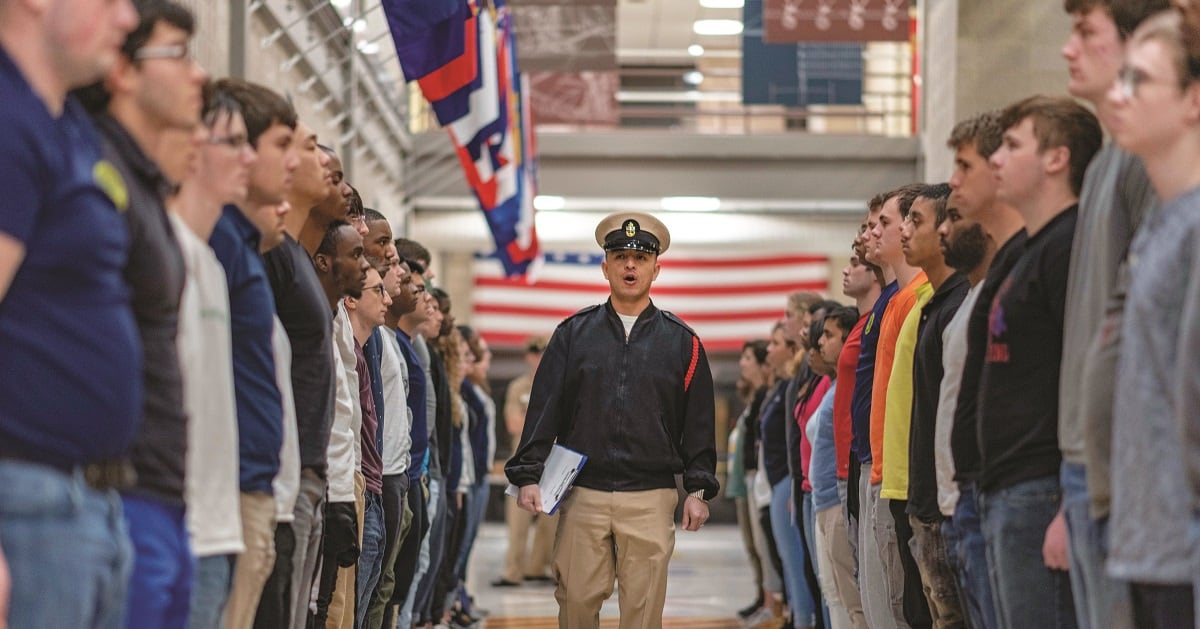
“They did report some positive effects, but the fact that they’re not doing that now suggests that they were limited,” Bruce Orvis, a senior behavioral scientist at the federally funded think tank Rand Corp. who has done dozens of recruiting studies, told Military Times on Sept. 13.
It’s unlikely the Pentagon’s strategy for communicating about its initiatives will change.
“The communication methods on new policies continue to follow a long-standing standard and there have not been any discussions of framing the policies to appease someone that will mold it to meet their argument,” Dietz said.
RELATED
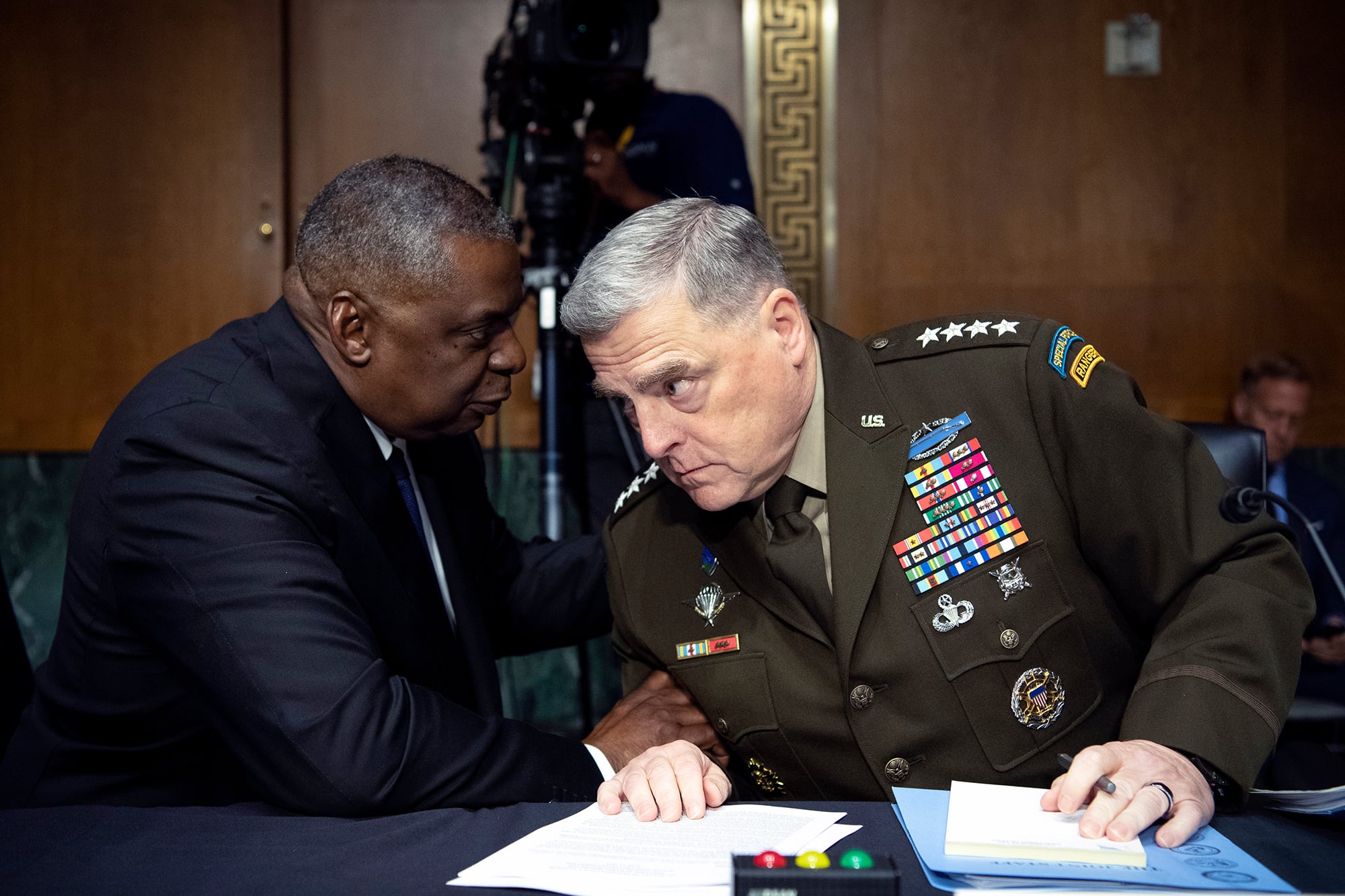
So, while department officials don’t plan on getting into a direct argument with some of its detractors, they will continue to present their case in as straightforward and nonconfrontational a manner as possible.
“A policy that may increase diversity and inclusion makes us a better military because it brings new perspectives of decision making, operational decision making that we conduct, as well as better ideas, more unique perspectives and increased understanding of experiences which might actually make us smarter on the battlefield,” Dietz added. “We are a stronger military because of our diversity and because we represent all Americans, just like we defend all Americans.”
The chief master sergeant of the Air Force described the path forward differently.
“I feel like I’m a pretty conservative American, but … I’m a conservative American who values what everybody brings to the fight,” Bass said. “… We actually have to educate ourselves and help make ourselves more aware. Often, what you see in a two-second sound bite is not truth. When we read things like, ‘Hey, the military is focused more on pronouns,’ that could not be more inaccurate. We are not focused more on pronouns. We are focused on warfighting and ensuring that we’re able to defend the homeland. That’s what we’re focused on. But the quick two-second sound bite always seems pretty attractive.”
If a misunderstanding of policy is driving down propensity to serve, particularly in communities that have been more likely to join the military in the past, the service could take steps to diagnose that.
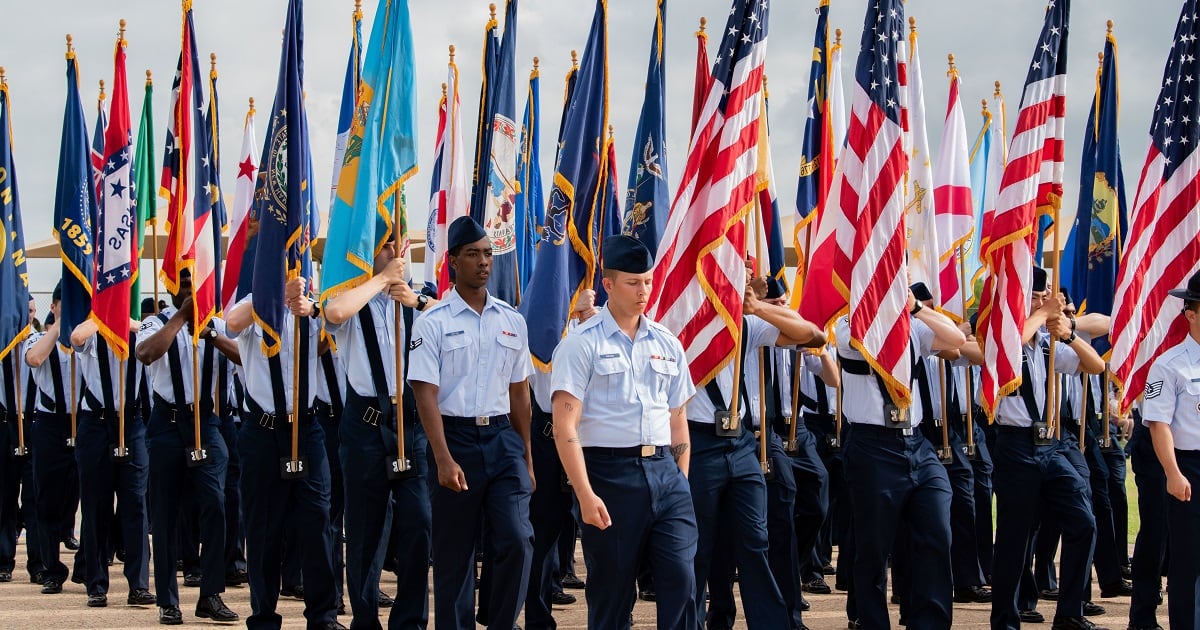
One would be to expand the DoD Youth Poll’s questions to drill down into why the respondents answered the way they did.
For example:
- Do you have work or education plans already lined up?
- Do you believe you wouldn’t be able to meet accessions standards?
- Has someone in your life discouraged you from serving in the military?
- Have you read or seen media reports that discourage you from military service?
A task force is already dedicated to looking into some theories about why propensity to serve is down, Orvis said.
The trick will be determining which factors can be remedied without second and third-order effects. For instance, if tight regulations on past mental health history, or criminal history, are keeping the recruiting pool small, the services may be wary of risking continued issues once someone is in uniform.
“Because you don’t want to implement something nationally, on a more or less a permanent basis, if it turns out it’s going to bite you later on it, and you just don’t know,” he said.
The services will also have to redouble their efforts to explain to American youth what it means to serve in the military.
“We must also increase desire to serve in the Army by reconnecting to America through improved marketing and meeting America through interactive events across our nation, including a dedicated surge of Army leaders and soldiers telling their stories,” retired Gen. Paul Funk II, formerly head of Army Training and Doctrine Command, told Military Times last summer.” American youth simply don’t understand us, we owe it to them to ensure they understand all the benefits of service.
But in the meantime, with every report of lower recruiting numbers, military leaders will have to fight a perception of political indoctrination.
“The U.S. Army has fallen 15,000 soldiers short of its recruitment goal this year,” tweeted Rep. Andy Biggs, R-Ariz. “Maybe we ought to stop imposing vaccine mandates, preferred pronouns, and woke education training on them. Just a thought.”
Is there truth to any of that? Maybe, but the research hasn’t been done. Until it is, the narrative belongs to the loudest voices.
Air Force Times senior reporter Rachel Cohen contributed to this report.
Meghann Myers is the Pentagon bureau chief at Military Times. She covers operations, policy, personnel, leadership and other issues affecting service members.
